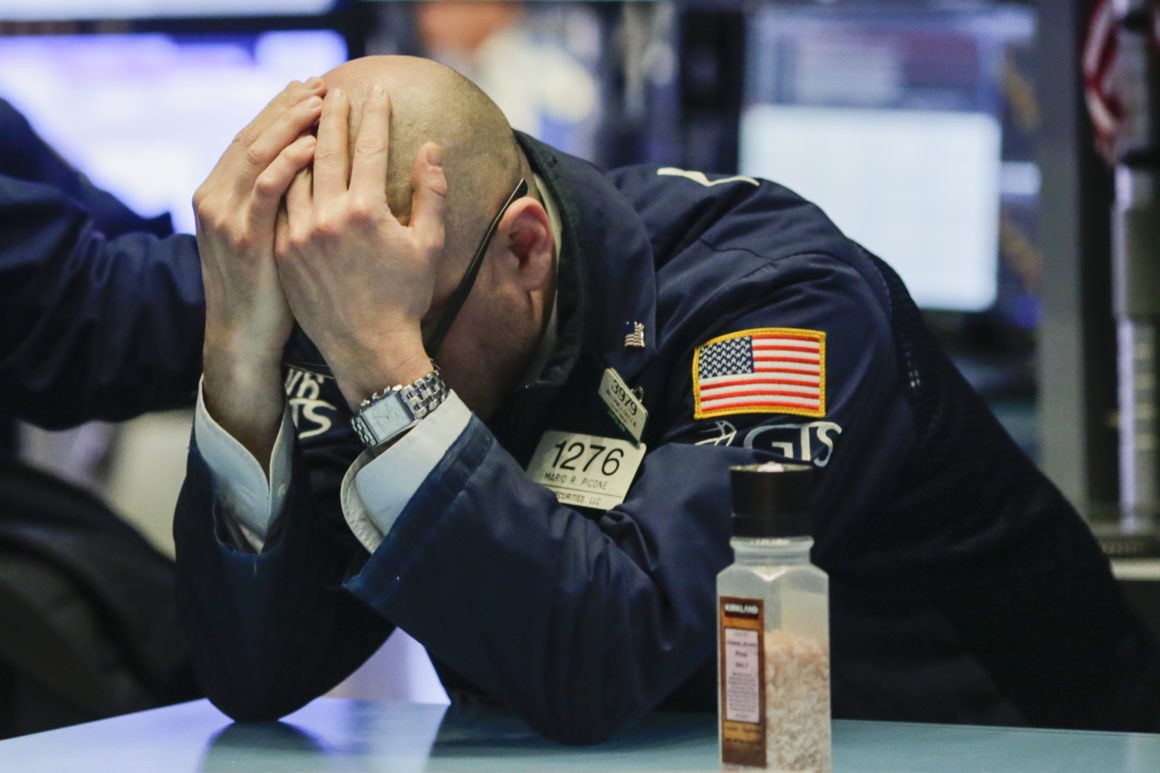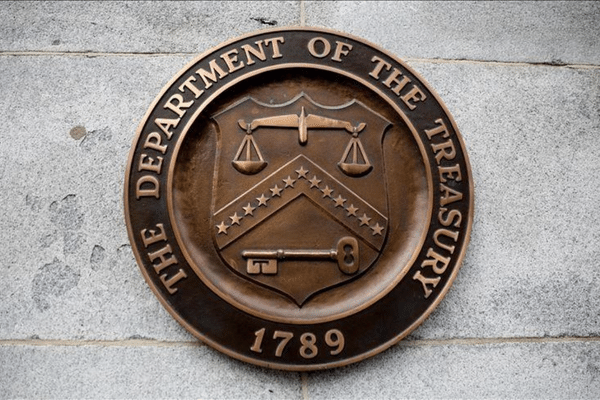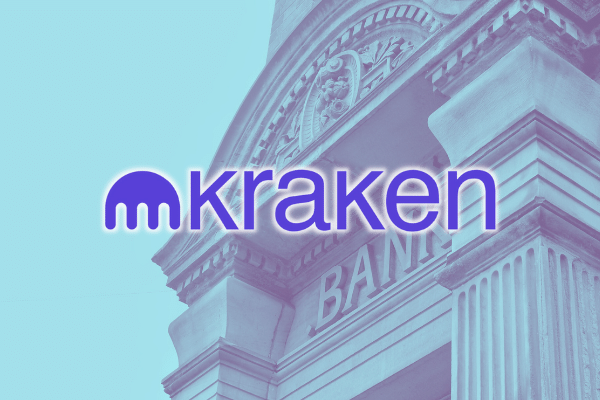
- The combination of high inflation and a weakening global economic outlook, with the U.S. economy shrinking 1.4% year-on-year in the first quarter will provide sufficient food for thought as the U.S. Federal Reserve contemplates the aggressiveness of rate rises this week.
- The Fed is attempting the impossible, to peg policy at just the right temperature, not so tight as to tip into recession, but not so loose as to douse the fires of inflation with fuel.
For most of the decade and a bit since the 2008 Financial Crisis, a slurry of loose monetary policy and fiscal measures has helped depress yields and provided an over-worked justification for every and all manner of asset.
From growth stocks to cryptocurrencies, because the “safe” assets yielded negative real returns when catering for inflation, money flowed into whatever, wherever in search of yield.
But those arguments are now being tested as benchmark U.S. 10-year Treasury yields have touched 3% on Monday, the first time since 2018, which was the last time the U.S. Federal Reserve attempted to raise interest rates.
Yields on U.S. Treasuries have profound effects not just on the U.S. economy, but globally, with no shortage of banks from across the world using them as a benchmark to determine everything from mortgage rates to how many students loan debt costs.
But the combination of high inflation and a weakening global economic outlook, with the U.S. economy shrinking 1.4% year-on-year in the first quarter will provide sufficient food for thought as the U.S. Federal Reserve contemplates the aggressiveness of rate rises this week.
The Fed is having to contend with a macroeconomic environment steeped in contradictions, with rising labor costs against a shrinking economy, supply-chain problems, and high inflation, while China’s growth is slowing.
And while it’s clear that the U.S. economy isn’t in need of stimulus, what’s less clear is the pace at which existing accommodation needs to be removed and the reasons for keeping to that speed.
Markets have already priced in a 50-basis-point rate hike this week and futures markets are pricing in similar half-point rises at the next two meetings, taking short-term interest rates to 2.5% by the end of this year, which many economists project is the median course.
The Fed is attempting the impossible, to peg policy at just the right temperature, not so tight as to tip into recession, but not so loose as to douse the fires of inflation with fuel.
Across the globe, industrial activity is already slowing – China’s sprawling factory complex contracted last month at the fastest pace since February 2020, during the thick of the pandemic as the country’s economy reels from coronavirus lockdowns.
Purchasing manager indices released earlier this week also points to slowing growth in both the eurozone and U.S. factory sectors.
Assuming a slowdown in China, the world’s second largest economy, will not affect the rest of the world, would be naïve.
The rapid spike in bond yields is also acting as a headwind for stocks and gold, with the combination of higher rates and gloomy economic outlook hitting equities.
So where do we go from here?
Major U.S. equity indices still closed higher, with investors taking the opportunity to buy the dip and even tech shares saw a rebound.
What happens next will now depend on expectations and less on policy.
Because most traders have already priced in what the Fed is likely to do and since the central bank has so far stuck with a well-communicated policy to manage expectations, a lot will depend on whether supply chains can become unstuck and the Russian invasion of Ukraine.
If inflation pressures ebb, but the threat of an economic slowdown is greater, central banks may ease off on the aggressiveness and urgency when it comes to tightening, and that could provide a boost for risk assets.



